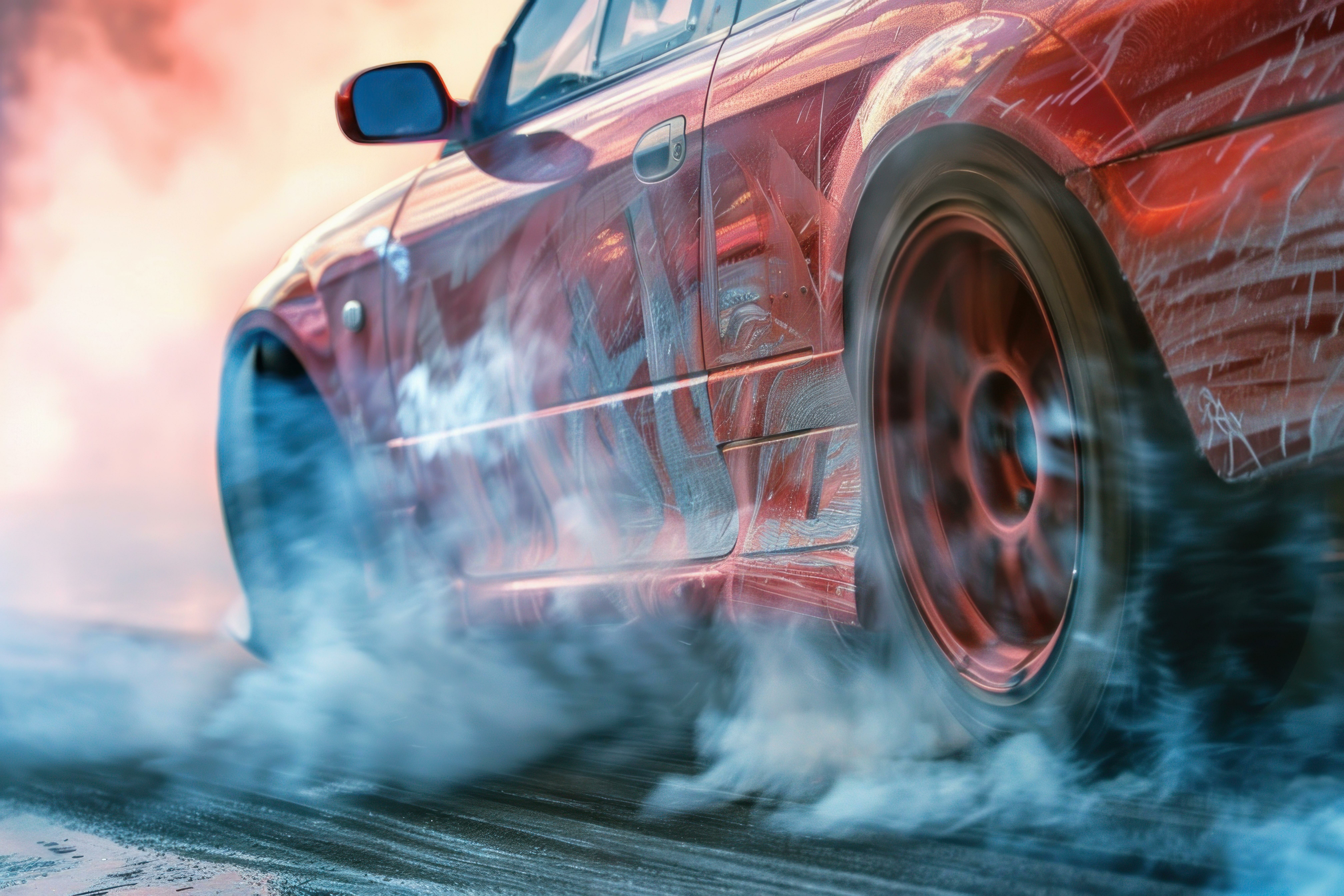What Makes Cyclone 17 a Unique Fuel?
By on Aug 21 2024
Introducing Cyclone 17: Sunoco's New High-Octane Racing Fuel
Sunoco Race Fuels has just unleashed Cyclone 17, a cutting-edge, 117-octane leaded racing fuel, tailor-made for modern racers who demand the best.
Why Cyclone 17?
Racers often face challenges with fuel performance in varying temperatures, especially at the start and end of the racing season. As temperatures drop, the volatility of racing fuels can decrease, which is where Cyclone 17 steps in. In standard pump fuels, evaporation characteristics are adjusted at terminals to match cooler ambient conditions. However, for racing fuels, this isn't as simple—until now.

The Science Behind the Speed

To ignite power, gasoline must partially evaporate to mix with air in the gaseous phase, enabling efficient combustion. As engines warm up, the increased heat in the engine compartment aids in this process. However, many drag racers prefer to hit the track with a cold engine, reaping benefits like better coolant performance and lubrication.
Enter Cyclone 17—designed to evaporate more quickly at lower temperatures, giving racers an edge in cooler conditions. While this advantage may be less noticeable in the heat of summer, it’s a game-changer when the mercury drops.
Approved and Ready for Action
Cyclone 17 isn’t just any fuel; it’s approved for use in NHRA Prostock motorcycle racing and works wonders in engines with large intake runners and high-flow cylinder heads. These engines will benefit greatly from Cyclone 17's enhanced evaporation properties.
A Fuel Under the Microscope
At high levels of racing, gasoline is scrutinized as closely as any other part. Pre- and post-race fuel samples are analyzed to ensure fair competition, with density and dielectric constant being the most common tests.
- Density: A fundamental property of fuel, easy to measure.
- Dielectric Constant: More complex, requires an electronic device, and helps detect oxygen-containing compounds like ethanol, methanol, and nitromethane.
Spotting fuel issues at the track can be tricky due to evaporation in the tank, which alters both density and dielectric constant. Lighter fuel components can escape through vents, leaving behind a slightly altered mixture. Cyclone 17 was meticulously developed with ingredients that have consistent density and dielectric properties, minimizing the impact of evaporation.
This means Cyclone 17 provides technical officials with more reliable data, helping them confidently identify spiked fuels. In a laboratory setting, there are at least fifteen different fuel specifications that can easily detect performance-enhancing compounds.
Sunoco's Legacy of Excellence
Cyclone 17 is just one of the twenty specialty race fuels Sunoco manufactures at their state-of-the-art facility in Marcus Hook, Pennsylvania. With over 45 years of experience in blending high-octane race fuels, Sunoco has consistently helped racers become champions.
Sunoco’s dedication to quality is evident in their use of a distillation tower and dedicated blending facility, ensuring that year after year, their products remain reliable and repeatable. By reducing variables at the track, Sunoco helps racers focus on what really matters—winning.







